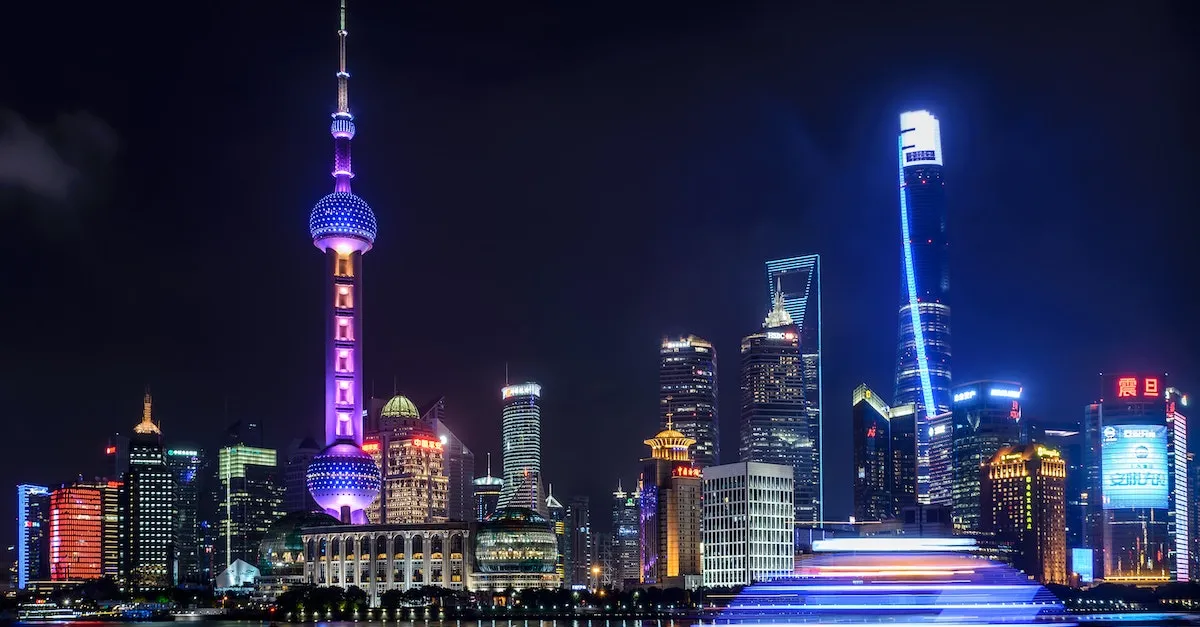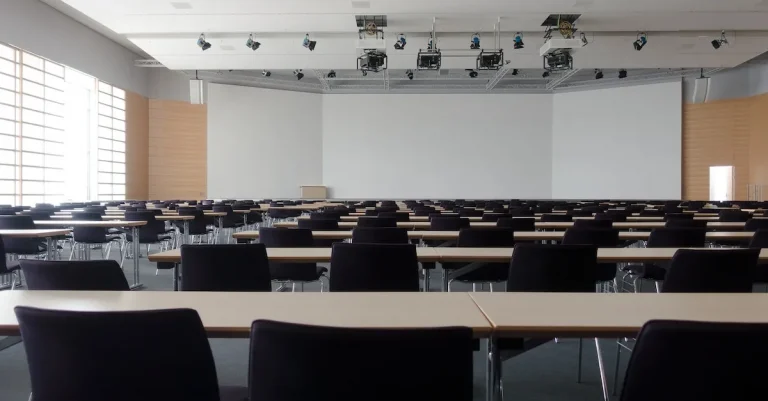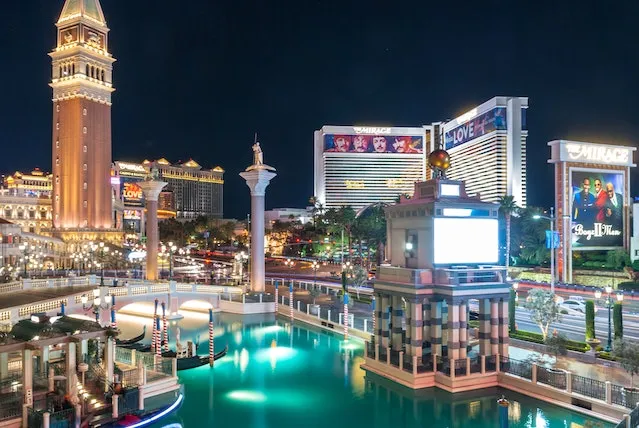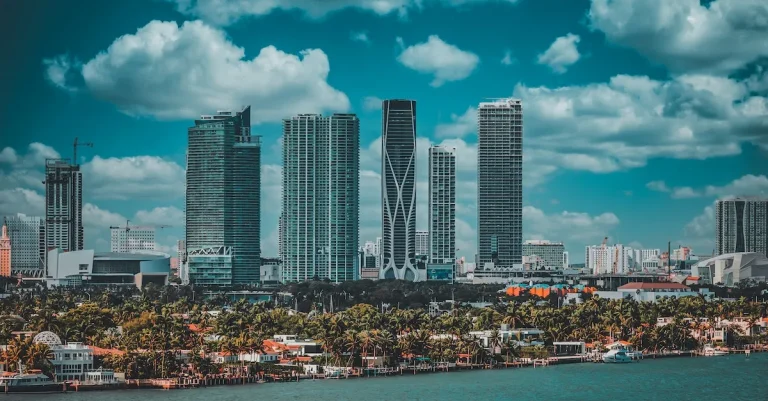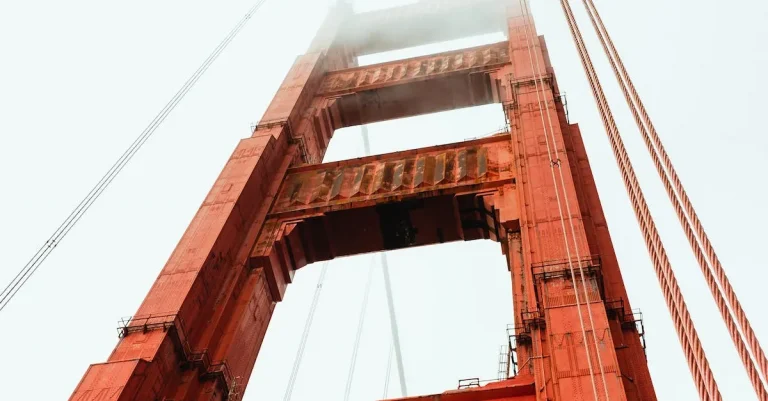Shanghai Vs New York City: How These Global Hubs Compare
As two of the most populated and economically powerful cities in the world, Shanghai and New York City often get compared against each other. But when you look closely, how exactly do these global hubs stack up? From skylines and transportation to food and costs, there are some striking similarities and differences. If you’ve ever wondered how Shanghai and NYC match up, read on.
If you’re short on time, here’s a quick answer: While both are dense global cities, Shanghai has a more modern landscape and vibe compared to New York’s old-world charm. Transportation differs as Shanghai relies on buses and the metro over cars, and dining is cheaper on average. However, both offer unmatched economic opportunity and arts/culture scenes.
In this comprehensive guide, we’ll analyze how Shanghai and New York compare in terms of history, cityscape, infrastructure, economy, culture, cuisine, lifestyle, and more. Whether you’re planning a trip or simply interested in understanding these icons of the Eastern and Western worlds, this deep dive has everything you need to know.
History and Development
Shanghai’s Colonial Past
Shanghai, located on the eastern coast of China, has a rich history shaped by its colonial past. In the 19th century, the city became a major trading port under the influence of European powers. The British, French, and Americans established concessions in Shanghai, leading to a diverse cultural and architectural landscape.
The city’s historic Bund area, with its iconic colonial-era buildings, stands as a testament to Shanghai’s past as an international hub of trade and commerce.
During the colonial era, Shanghai experienced rapid modernization and urban development. The city became known for its vibrant nightlife, bustling markets, and cosmopolitan atmosphere. The influence of Western culture was evident in the architecture, fashion, and cuisine of the time.
Today, Shanghai continues to embrace its colonial heritage while also embracing modernity, making it a unique blend of old and new.
New York City’s Immigrant Roots
New York City, often referred to as the “melting pot,” has a history deeply rooted in immigration. Throughout the 19th and 20th centuries, millions of immigrants from all over the world flocked to the city in search of new opportunities and a better life.
The waves of immigrants, including Italians, Irish, Jews, and later, Latinos and Asians, shaped the city’s cultural fabric and contributed to its vibrant diversity.
Ellis Island, located in New York Harbor, served as the gateway for millions of immigrants entering the United States. The Statue of Liberty, a symbol of freedom and hope, welcomed newcomers as they arrived in New York City.
These immigrants brought with them their unique languages, traditions, and cuisines, which still influence the city’s neighborhoods today. From Little Italy to Chinatown, the cultural enclaves in New York City showcase the enduring legacy of its immigrant roots.
Over the years, New York City has continued to evolve and grow, attracting people from all walks of life. It has become a global center for finance, art, fashion, and entertainment. The city’s iconic skyline, with landmarks such as the Empire State Building and Times Square, symbolizes its status as a thriving metropolis.
For more information on Shanghai’s colonial past, you can visit http://www.shanghai.gov.cn/. To learn more about New York City’s immigrant history, you can explore the resources available at the New-York Historical Society.
Cityscape and Infrastructure
Shanghai’s Modern Skyline
When it comes to cityscapes, Shanghai is truly a sight to behold. With its towering skyscrapers and futuristic architecture, the city’s skyline is a testament to its rapid development and modernity. The iconic Oriental Pearl Tower, the Shanghai World Financial Center, and the Shanghai Tower are just a few examples of the impressive structures that dominate the city’s skyline.
These architectural marvels not only showcase Shanghai’s economic prowess but also provide stunning panoramic views of the city.
Shanghai’s infrastructure is also highly advanced. The city boasts an extensive and efficient public transportation system, including an extensive subway network that connects all corners of the city. The Maglev train, which reaches speeds of up to 431 km/h (267 mph), is another engineering marvel that sets Shanghai apart.
The city’s infrastructure is designed to accommodate its growing population and ensure smooth connectivity between different districts and neighborhoods.
New York City’s Historic Charm
New York City, on the other hand, is known for its iconic historic charm. The city’s skyline may not be as futuristic as Shanghai’s, but it is filled with architectural gems that reflect the city’s rich history.
The Empire State Building, the Chrysler Building, and the Statue of Liberty are just a few of the landmarks that give New York City its unique character.
While Shanghai focuses on modernity, New York City has managed to preserve its historic buildings and neighborhoods. The city’s infrastructure, although not as advanced as Shanghai’s, is still highly functional and efficient.
The subway system, for instance, is one of the oldest in the world but remains a vital mode of transportation for millions of New Yorkers. The city’s grid layout and iconic yellow taxis also contribute to the overall charm and convenience of getting around in the Big Apple.
Both Shanghai and New York City offer their own distinct cityscapes and infrastructure. While Shanghai dazzles with its modern skyline and advanced transportation systems, New York City captivates with its historic charm and unique architectural landmarks.
Whether you prefer the futuristic or the classic, both cities provide an unforgettable urban experience.
Transportation and Commuting
Shanghai’s Metro and Buses
When it comes to transportation, Shanghai boasts an impressive metro system that is not only efficient but also extensive. Spanning over 700 kilometers, the Shanghai Metro is one of the largest and busiest metro systems in the world.
With its extensive network of lines and stations, residents and visitors can easily navigate the city. The metro trains are clean, modern, and equipped with air conditioning, making the commute a comfortable experience even during the hot summer months.
Additionally, Shanghai’s bus system provides an affordable and convenient alternative for shorter distances or areas not covered by the metro. With frequent routes and a reliable schedule, getting around the city has never been easier.
New York City’s Subways and Taxis
New York City, known for its bustling streets and iconic yellow taxis, offers a unique transportation experience. The city’s subway system, operated by the Metropolitan Transportation Authority (MTA), is the largest in the United States.
With over 400 stations and a vast network of lines, the New York City subway provides an essential means of commuting for millions of residents and tourists. Despite occasional delays and overcrowding during peak hours, the subway remains an efficient and cost-effective mode of transportation.
On the other hand, hailing a yellow taxi in New York City has become a quintessential experience for many visitors. Taxis offer convenience and the chance to soak in the city’s vibrant atmosphere while getting from one destination to another.
However, it’s important to note that taxi fares can quickly add up, and traffic congestion in the city can sometimes slow down the journey.
For more information on Shanghai’s metro system, you can visit their official website: https://www.shmetro.com/en. Similarly, if you want to learn more about the New York City subway and taxi services, you can visit the MTA’s official website: http://www.mta.info.
These websites provide up-to-date information on routes, schedules, and fares, ensuring a smooth and hassle-free commute for both locals and tourists.
Economy and Business
Shanghai’s Manufacturing and Services
Shanghai, often referred to as the “Dragon’s Head” of China’s economy, has emerged as a global manufacturing powerhouse. The city is home to a vast network of factories and production facilities, making it a key player in industries such as automotive, electronics, and textiles.
The manufacturing sector in Shanghai has experienced significant growth over the years, fueled by a combination of skilled labor, advanced technology, and a supportive business environment.
Additionally, Shanghai has also made substantial progress in developing its services sector. The city has become a major hub for finance, trade, and logistics, with a thriving finance and banking industry.
The Shanghai Stock Exchange is one of the largest in the world and plays a crucial role in attracting both domestic and international investors.
According to the World Bank, Shanghai’s GDP reached $534 billion in 2020, making it one of the wealthiest cities in the world. The city’s robust economy and business-friendly policies continue to attract multinational corporations and entrepreneurs looking to tap into the vast opportunities it offers.
New York City’s Banking and Media
New York City, often referred to as the “Big Apple,” is a global financial center and a media capital. The city’s financial district, Wall Street, is synonymous with the banking industry and is home to some of the world’s largest financial institutions.
The New York Stock Exchange, located on Wall Street, is the largest stock exchange in the world by market capitalization.
In addition to its financial prowess, New York City is also a major player in the media industry. The city is home to numerous media conglomerates, publishing houses, and entertainment companies. The iconic Times Square is a testament to the city’s vibrant media scene, with its dazzling billboards and advertisements.
New York City’s economy is diverse and multifaceted, with sectors such as technology, fashion, and tourism contributing significantly to its growth. The city’s GDP reached $1.5 trillion in 2020, making it one of the largest urban economies globally.
Both Shanghai and New York City boast thriving economies and play pivotal roles in the global business landscape. While Shanghai excels in manufacturing and services, New York City shines in banking and media, making them formidable rivals in the global marketplace.
Cuisine and Dining
Shanghai’s Baozi, Xiaolongbao and Regional Fare
When it comes to cuisine and dining, Shanghai offers a tantalizing array of flavors that will leave your taste buds dancing. One of the most popular dishes in Shanghai is baozi, which are steamed buns filled with various ingredients such as meat, vegetables, or even sweet bean paste.
These fluffy delights are perfect for breakfast or as a quick snack throughout the day.
Another iconic dish in Shanghai is xiaolongbao, which are delicate soup dumplings filled with a savory broth and meat filling. These little dumplings burst with flavor and are a must-try when visiting the city.
Shanghai is also known for its regional fare, including dishes like drunken chicken, braised pork belly, and stir-fried hairy crab.
If you’re a food lover, Shanghai will not disappoint with its diverse and delicious culinary offerings. You can explore local markets, street food stalls, or indulge in fine dining at one of the many acclaimed restaurants in the city.
New York City’s Pizza, Bagels and World Foods
When it comes to iconic foods, New York City has a few that have become world-famous. First and foremost is the city’s pizza. New York-style pizza is known for its thin, foldable slices and the perfect combination of cheese, sauce, and toppings.
Whether you prefer a classic cheese slice or want to try unique toppings like artichokes or buffalo chicken, New York City has a pizza joint for every craving.
Another beloved food in the city is the bagel. New York-style bagels are dense, chewy, and often topped with cream cheese, lox, or other delicious spreads. They are a breakfast staple for New Yorkers and are not to be missed during your visit.
What makes dining in New York City truly special is the incredible diversity of cuisines available. From Chinatown to Little Italy to Koreatown, the city is a melting pot of cultures and flavors. You can find authentic Chinese, Italian, Indian, Mexican, and so many more types of cuisine within the city’s vibrant neighborhoods.
Exploring the culinary scene in both Shanghai and New York City is an adventure in itself. Whether you’re a fan of traditional regional fare or international flavors, both cities offer a wide range of dining options that will satisfy even the most discerning foodie.
Conclusion
While New York and Shanghai each offer unmatched energy and opportunity as global cities, they have distinct landscapes, infrastructures, economies and cultures. Shanghai feels more modern and expansive, withhistory as a colonial trading hub and economic strength in manufacturing. New York is traditional and intimate, built on immigrant roots withfinance and media at its core. By learning how these cities compare, you gain perspective into the diverse hubs that drive international commerceand innovation.

